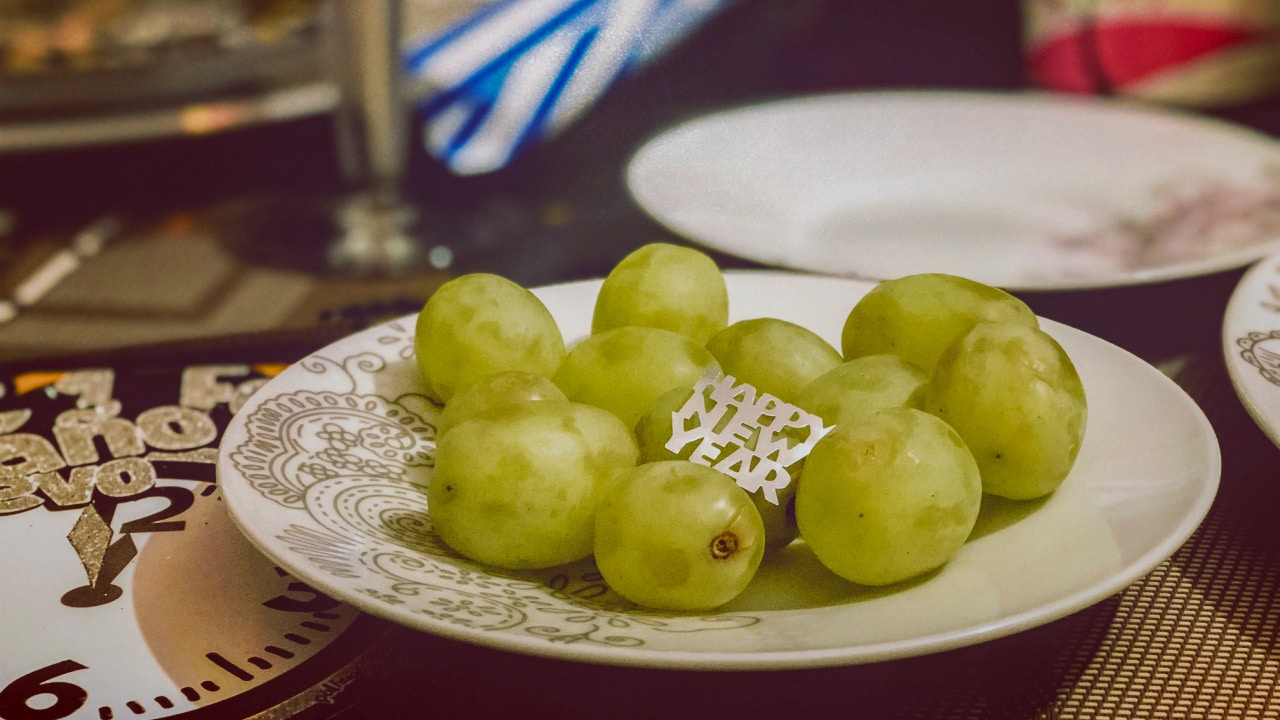‘Everyone Wants To Look Like A Chola But Don’t Want To Give Credit’— a Historian Explains How and Why Chola Culture Continues To Be Appropriated
Appropriation of traditional chola culture continues to be rampant, exemplified by Hailey Bieber’s viral TikTok “brownie glazed lip”— A.K.A. the brown lip liner and gloss combo Latinas and Black women alike have donned for decades.
While some people may choose to label these trends as appreciation instead, they undoubtedly become appropriative when original creators of color are not given credit— and when styles only become “in” once a white woman approves them.
“Brownie glazed lips” are raising alarm because, as one Twitter user explained, it is “the same lip combo that every brown girl of all varieties of brown have been doing since before the birth of Christ.” Yup.
Others recall piling on the lip liner and clear gloss on top for decades, only to be called “ghetto,” or even exoticized for it— especially within the chola community.
Latinx culture expert and historian V. Alexandra de F. Szoenyi, otherwise known as @alex_shewrote, sat down with Now This to talk about chola culture and society’s disheartening appropriation of it for years.
As per the must-watch video, chola and cholo style have an important precursor: “the pachucas and pachucos in El Paso, Texas during the 1940s and 50s.”
According to Szoenyi, pachucos mainly spoke Spanglish, and women loved big hair, lots of eyeliner and dark lipstick. Meanwhile, VICE explains that pachuco culture rose up during the Mexican Repatriation when the U.S. deported 2 million Mexicans from the country— including 1.2 million U.S. citizens. This of course adds another fierce political component to the discussion, and gives even more meaning to pachucos’ iconic zoot suits, and pachucas’ short skirts. In truth, they were rebels.
Chicano studies scholar Dr. Rosa-Linda Fregoso told the outlet that being a pachuca was a feminist act. Interestingly, modern day pachuca movement proponent Roseli Martinez added: “It’s the 1940s and you’re putting on pants, rolling with the guys. You’re wearing short skirts, going to parties, getting in fights, holding your man down. And you still don’t give up the responsibilities that fall on you for the simple fact of being a woman.” In short, being a pachuca meant being a fierce bada**, much in the way we see cholas today.
By the 1960s in Southern California, pachucos had evolved into cholo and chola culture, with Szoenyi telling NowThis that cholos’ workwear-inspired looks weren’t just fads— their Dickies pants were relevant to both their jobs and socioeconomic status. Other elements of the chola culture, like “dark lipstick, liquid eyeliner, skinny brows, [and] gold hoops” were reminiscent of the “tough culture” and “gang violence” that surrounded them. “The beauty of the chola culture emerged from that.”
This, of course, is the problem when white women decided to wear the “brownie glazed lip” or similarly, claim a TikTok-famous “clean girl aesthetic”— as in, gelled hair, gold hoops, and long acrylic nails. These trends are all straight from the oven of complex, decades-long chola culture and style, and as many detractors explain, you can’t just take the “good stuff” without the bad. Especially when women of color have been historically excluded from the narrative, or worse, for wearing these very trends.
Oakland “modern-day chola” Hellabreezy told VICE: “Young girls want to emulate the look and have no idea of the cultural background or street politics.” She continued, “When they are done dressing up in their ‘chola costume,’ they don’t have to go back home to the hood and deal with discrimination, violence, and poverty… We live this every day.”
Of course, appropriation of chola culture isn’t something new: unfortunately, it’s been happening for years. Celebrities have been using the chola aesthetic to give them a certain kind of “street cred” for decades, such as Gwen Stefani in her wince-inducing “Luxurious” video.
As one Twitter user put it, white celebrities like Madonna, Fergie, and Stefani herself have all profited off of cultural appropriation in the past, all in the name of “reinvention.” That being said, as with cholas or any other culture, it is high time the people of color who invented the aesthetic are given proper credit, and above all— respect.




